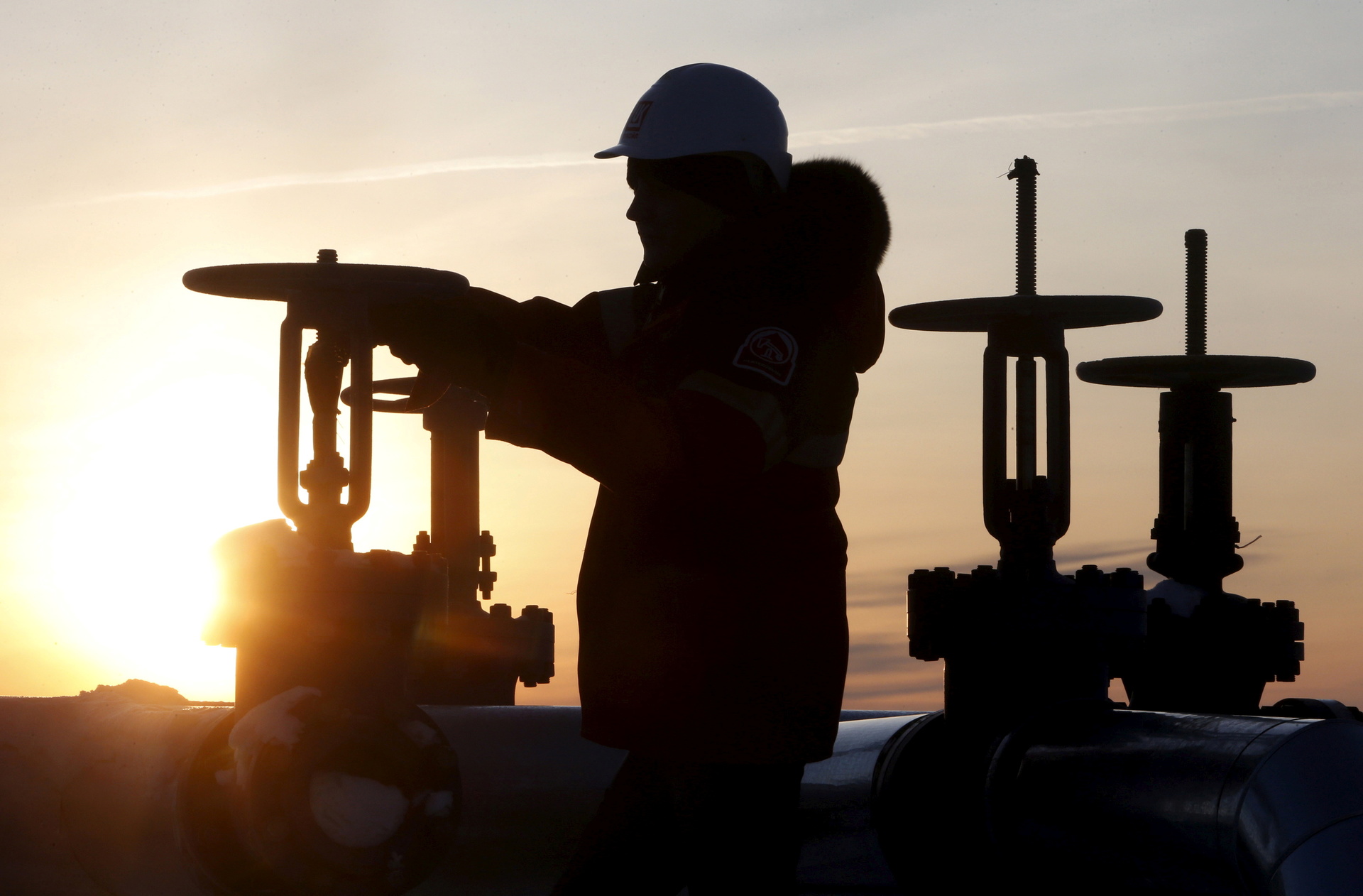On Friday, October 15, world oil prices reached record levels in the past few years.
During trading on the ICE exchange in London, the price of raw materials of the reference grade Brent rose by 1.3% and for the first time since October 2018 reached $ 85.09 per barrel.
At the same time, raw materials of the American WTI brand rose in price by 1.2% - to $ 82.3 per barrel.
The last time a similar indicator could be observed back in October 2014.
“The current rise in oil prices is associated with the continuing shortage of energy resources in the global market.
In part, this state of affairs is caused by the current restrictions on production in the OPEC + countries, "Anna Zaitseva, an analyst at FG Finam, explained in an interview with RT.
Recall that the OPEC + agreement includes 23 oil-producing countries, including Russia.
As part of the deal, the states jointly control the production of raw materials to achieve a balance between supply and demand in the global hydrocarbon market.
At the moment, the countries are gradually increasing oil production - monthly by 400 thousand barrels per day.
Earlier, many experts assumed that, taking into account high oil prices from November, the states would begin to increase production more actively, but at the last meeting, OPEC + representatives decided not to change the terms of the agreement yet.
Thus, the supply of energy resources on the world market is still restrained, while demand continues to grow steadily.
Against this background, the global oil deficit will persist at least until the end of 2021, according to experts from the International Energy Agency (IEA).
In their latest report, the organization's experts raised their forecast for the growth of world oil demand.
Thus, in 2021 and 2022, global consumption of raw materials may increase by 5.5 and 3.3 million barrels per day, respectively, instead of the previously expected 5.2 and 3.2 million.
IEA analysts explain the excitement in demand by the ongoing crisis in the global energy market.
As a result of the rapid rise in gas and coal prices, many countries are starting to use oil more actively as a source of energy.
“The entire global energy chain has been engulfed in price spikes, fueled by intense economic growth as the world emerges from the pandemic.
Record coal and gas prices and rolling blackouts are forcing the energy sector and energy-intensive industries to turn to oil to stay afloat and keep going, ”the agency said in a report.
As Vitaly Gromadin, asset manager of BCS World of Investments, suggested in an interview with RT, in the current conditions of the country participating in the OPEC + deal, they may still decide to further increase oil production in the near future.
At the same time, some pressure on demand may be exerted by the introduction of quarantine restrictions in a number of states due to the aggravation of the epidemic situation.
“In this case, until the end of the year, the price of a barrel of Brent will remain in the range of $ 80-85 per barrel.
However, we do not exclude the likelihood of a price spike up to $ 90 per barrel and even higher at the beginning of panic purchases of oil based on cold weather forecasts.
This is what we see now in the markets of natural gas and coal, ”Gromadin emphasized.
Reuters
© Sergei Karpukhin / File
According to Vitaly Gromadin, the observed rise in oil prices is "one of the main drivers of the strengthening of the ruble."
Note that the Russian currency has already risen in price against the American and European ones.
On Friday, the dollar rate on the Moscow Stock Exchange fell by 0.35% - to 71.1 rubles, and the euro rate - by 0.2%, to 82.6 rubles.
The numbers were the lowest since July 2020.
The official exchange rate of the Central Bank on October 16 was set at 71.24 rubles per dollar and 82.73 rubles per euro.
“Undoubtedly, high oil and gas prices create prerequisites for further strengthening of the ruble.
Against this background, the current account surplus in Russia in the third quarter amounted to a record $ 40.8 billion. However, the general trend for the strengthening of the dollar in the world may become a constraining factor for the ruble due to the expected change in the US Federal Reserve's policy, ”said Anna Zaitseva.
At the same time, additional support for the national currency in the near future may be provided by an increase in the key rate of the Central Bank, said Vitaly Gromadin.
Moreover, in his opinion, by the end of October the tax period will play in favor of the ruble.
At this time, exporting companies traditionally sell foreign currency and buy rubles to pay taxes.
“Until the end of the month, the dollar exchange rate is likely to fluctuate in the range of 70.5-73.5 rubles.
However, movement of the indicator in the direction of 70 rubles is also possible, ”concluded Gromadin.

